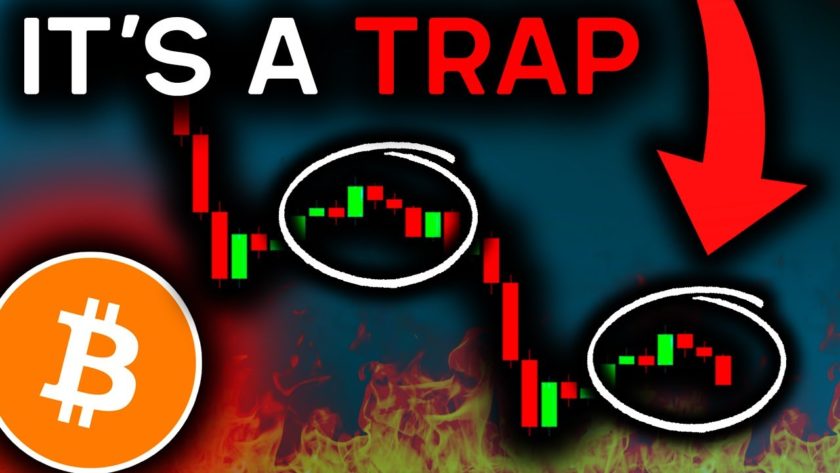Bitcoin closed August in red, but experts are divided on whether September could bring a recovery, with some pointing to macroeconomic shifts, potential rate cuts, and rising institutional interest as reasons for optimism.
Coinglass data shows that, since 2013, Bitcoin (BTC) has often recorded losses during September, making it the worst-performing month for the digital asset. On average, Bitcoin has dropped by -5.36% in September, with gains in only four of the past thirteen years. This consistent poor performance has made investors uneasy, fearing that the trend could persist in 2024.
Yet, there are signs this September might break from tradition. Traders are anticipating that a potential interest rate cut by the Federal Reserve could increase demand for riskier assets like Bitcoin. At the same time, institutional interest is higher than before, driven by the approval of spot Bitcoin ETFs in January. Adding to this sanguinity, Bitcoin’s hashrate has hit an all-time high of 746 EH/s, signaling a potentially bullish shift despite recent price fluctuations.
Nevertheless, skepticism remains among some analysts who believe the bearish trend could still prevail.
Rate cuts and market sentiment
Georgii Verbitskii, Founder of TYMIO, suggests that a rate cut could push Bitcoin to test the upper end of its current trading range. He told crypto.news that if central banks go ahead with the anticipated rate cuts, Bitcoin might draw more investors seeking a hedge against inflation.
“Given that [Bitcoin] has been trading sideways for the past six months, a big breakout before the year’s conclusion may be logical.”
He added that pro-crypto legislative moves in the United States might further elevate market sentiment and drive investment.
Meanwhile, Casey Grooms, co-founder of Soulbound, underlined that Bitcoin’s recent price action has been influenced by high macroeconomic uncertainty, with a critical pivot in Federal interest rates shaping market sentiment.
Grooms pointed to the Fed’s preferred inflation measure, the Personal Consumption Expenditures (PCE) index, which remains steady at 2.5%.
“With the closeness to the basic target of 2%, the interest rate cut pivot may happen sooner than expected,” Grooms told crypto.news.
He added that while the Federal Reserve is closely watched, other central banks, like the Bank of England and the Bank of Canada, are already cutting rates. If this trend continues, it could boost global liquidity, weaken fiat currencies, and make Bitcoin more attractive as a store of value.
Bitcoin ETFs as a potential catalyst for recovery
In contrast, Jonathan Hargreaves, Global Head of Business Development & ESG at Elastos, maintained a more measured outlook. He pointed out that, although stronger macroeconomic factors and new ETF developments could support Bitcoin, September has often been a month of mixed signals, with alternating phases of growth and decline. As such, he expects September to start on a bearish note but hopes for a rebound in the final quarter.
Bing Wang, Head of Legal at BasedVC, suggested that this year’s cycle could diverge from past patterns due to the ongoing inflow of capital into Bitcoin Spot ETFs and the anticipated Federal Reserve rate cut.
“If institutional capital continues to flow into Bitcoin ETFs, BTC price could sustain above key support at $60,000,” Wang told crypto.news. Similarly, QCP Capital analysts indicated earlier that Bitcoin could be looking for support, but at a lower range, around $54,000, before any significant rebound might occur.
Wang also pointed to a drop in whale transactions—large transfers over $100,000—signifying that major holders are clasping onto their Bitcoin.
“They are likely holding on to their BTC, which implies there is likelihood of gains in Bitcoin this September and beyond. However, large scale profit-taking could push BTC lower, so keep that in mind.”



